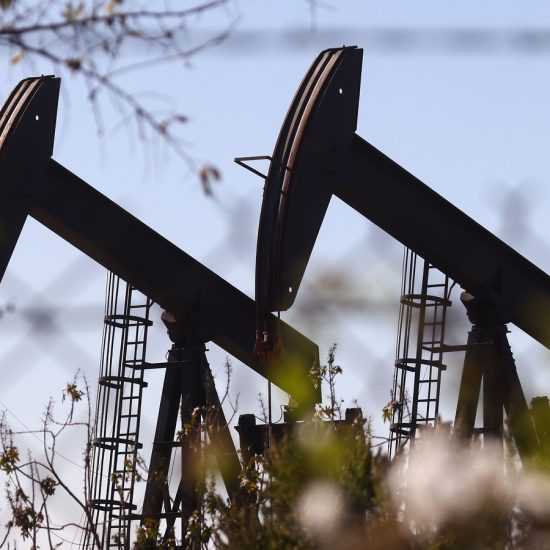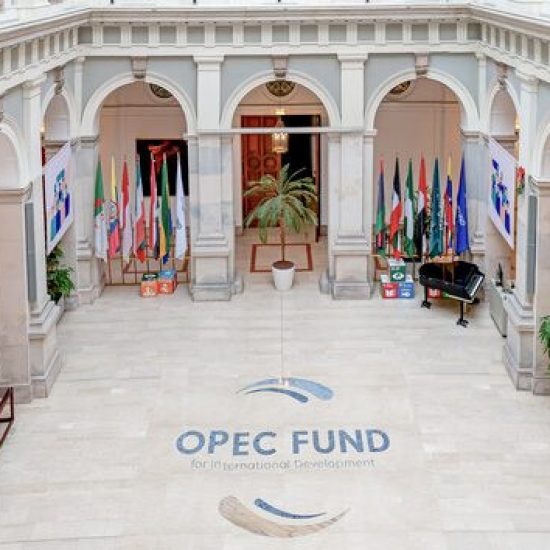|By TAP Staff| The shale industry boom, which was instrumental in oil producers like Gulf countries losing control of the market, is facing the risk of being sunk by the weight of debt. That should bring some reassurance to Gulf countries, who are now struggling to cope with the impact of lower oil prices.
According to a Bloomberg report, drillers are devoting more revenue than ever to interest payments. In one example, Continental Resources Inc., the company credited with making North Dakota’s Bakken Shale one of the biggest oil-producing regions in the world, spent almost as much as Exxon Mobil Corp., a company 20 times its size.
The burden is becoming heavier after oil prices fell 43 percent in the past year. Interest payments are eating up more than 10 percent of revenue for 27 of the 62 drillers in the Bloomberg Intelligence North America Independent Exploration and Production Index, up from a dozen a year ago. Drillers’ debt ballooned to $235 billion at the end of the first quarter, a 16 percent increase in the past year, even as revenue shrank.
The problem for shale drillers is that they’ve consistently spent money faster than they’ve made it, even when oil was $100 a barrel. The companies in the Bloomberg index spent $4.15 for every dollar earned selling oil and gas in the first quarter, up from $2.25 a year earlier, while pushing U.S. oil production to the highest in more than 30 years.
Continental borrows at cheaper rates than many of its smaller peers because its debt is investment grade. S&P assigns speculative, or junk, ratings to 45 out of the 62 companies in the Bloomberg index.
According to the Bloomberg report, almost $20 billion in bonds issued by the 62 companies are trading at distressed levels, with yields more than 10 percentage points above U.S. Treasuries, as investors demand much higher rates to compensate for the risk that obligations won’t be repaid, data compiled by Bloomberg show.
“Credit markets have played a big role in keeping the entire sector alive,” said Amrita Sen, chief oil analyst at Energy Aspects Ltd., a consulting firm in London.
So far this year, S&P lowered the outlook or downgraded the credit of almost half of the 105 U.S. exploration and production companies that it rates, according to a May report.
Companies have reduced spending to cope with lower prices, but those cuts will eventually lead to production declines, further shrinking revenue, Watters said.
Oil and gas companies accounted for one-third of the 36 corporate-debt defaults worldwide this year, and missed interest payments are the leading cause of default, according to a May 14 S&P report. Companies including SandRidge Energy Inc., Breitburn Energy Partners LP and Halcon Resources Corp. have raised cash by taking on new debt or issuing new shares.The financial troubles of the smaller players become amplified with lower oil prices, Sen said.





![blackrock 1[1]](https://thearabianpost.com/wp-content/uploads/2025/07/blackrock-11-550x550.jpg)

